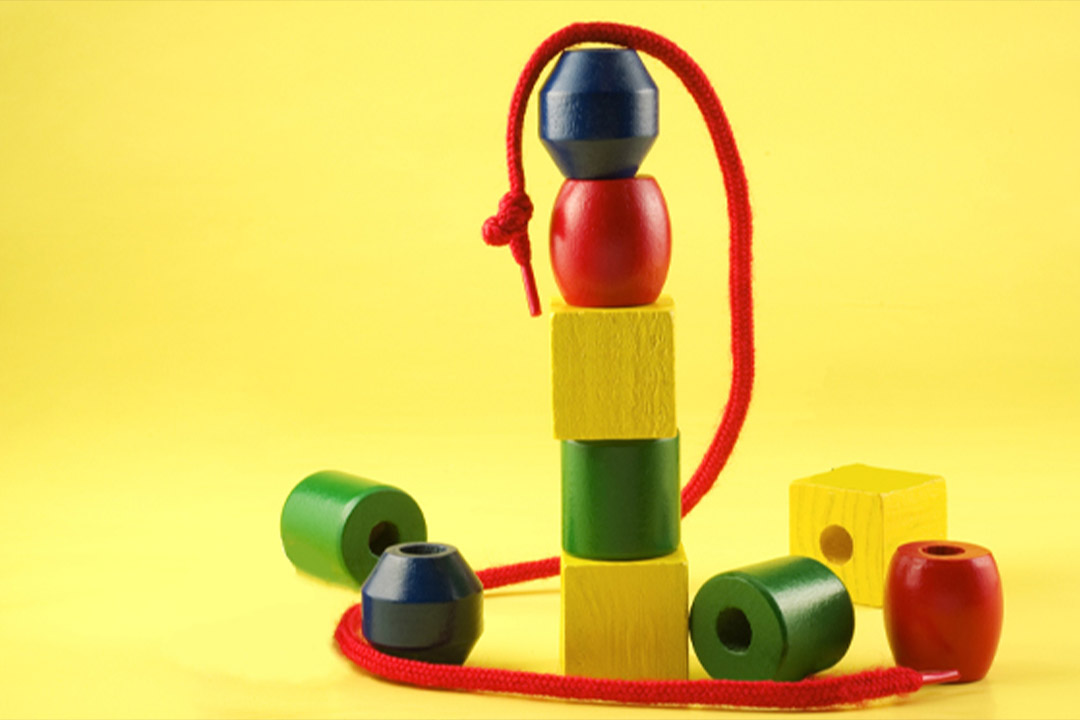Number bonds to 10 using bead strings: a lightbulb moment
Stevie Devlin reflects on what he saw in a Year 1 lesson.
30/01/2019

Recently, I was observing a Year 1 lesson where the learning was focused on number bonds (making 10). The children were very comfortable with the use of manipulatives. For this activity, each child had a bead string.
What struck me was the deep level of discussion which was happening, supported by the manipulatives. Various versions of 10 were shared and discussed but then there was a real lightbulb moment in the room when a child held her bead string up containing three parts.
The teacher praised the child for sharing and asked the other children if they agreed or disagreed with this representation of 10. The initial confusion on the other children’s faces, and head shaking in disagreement, was soon replaced with a sense of excitement as they attempted it themselves and realised that you can in fact use more than two parts to make a whole – in this case 10!
Almost instantly, lots more children began to partition their whole of 10 into three parts. The subsequent conversation discussed how the 3 + 4 + 3 bond to make 10 was similar to 3 + 7 = 10 but also 7 + 3 = 10. The questioning using ‘What’s the same?’ and ‘What’s different?’ really scaffolded and guided the discussion.
My main observation was that in this lesson the representation and structure allowed the children to explore the maths and challenge their thinking whilst still referring back to what they knew. The representation kept the integrity of the structure of the maths whilst allowing the learners to talk about what they saw and how this changed when they manipulated the beads. The careful choice of bead strings allowed for this depth of understanding and challenge, which other manipulatives may not have supported.
About the author: Stevie Devlin is Maths Lead and Year 6 teacher at Bursted Wood Primary School in Bexleyheath, London. He is also the Teaching for Mastery Lead for the London South East Maths Hub.
